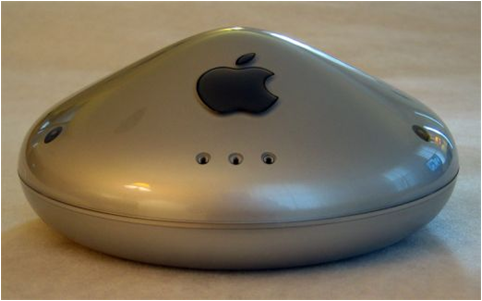
Telco plays in live entertainment
Live entertainment is evolving fast, as greater connectivity and digitisation allows for new experiences for both the audience at the venue and the people watching online. How can telcos play a more valuable role?


Live entertainment is evolving fast, as greater connectivity and digitisation allows for new experiences for both the audience at the venue and the people watching online. How can telcos play a more valuable role?

Our detailed analysis of the consumer markets in the UK and Brazil shows some common trends and highlights important differences. Beyond the triple play, innovation is sparse, particularly in the UK. So what can telcos do to grow?

Over 5 years, BT Group’s share price has more than tripled, outperforming Apple’s and Google’s, while its revenues have shrunk. Why, and what can other telcos learn from its success?

Our in-depth look at the UK’s highly competitive digital TV market which reflects many global trends, such as competition between different types of content distributor (LoveFilm, YouTube, Virgin Media, BBC, BSkyB, BT, etc.), channel proliferation, new devices used for viewing, and the increasing prevalence of connected TVs. What are the key trends and who will be the winners and losers? (August 2011, Executive Briefing Service)
Chart from Connected TV Figure 2 telco 2.0

By building or acquiring Public WiFi networks for tens of $Ms, highly innovative fixed players in the UK are stealthily removing $Bns of value from 3G and 4G mobile spectrum as smartphone and other data devices become increasingly carrier agnostic. What are the lessons globally? (April 2011, Executive Briefing Service, Future of the Networks Stream).